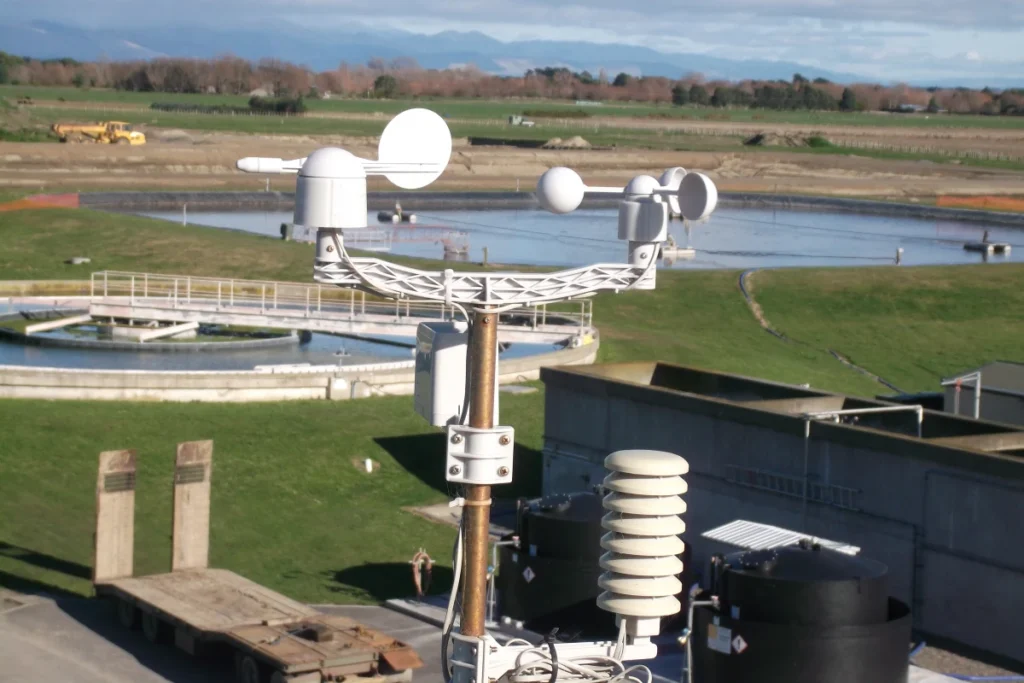
# Definition of Anemometer: Understanding Wind Speed Measurement Devices
An anemometer is a device used to measure wind speed, a critical parameter in various fields such as meteorology, aviation, and environmental science. Understanding how anemometers work and their applications can provide valuable insights into weather patterns and environmental conditions.
## What is an Anemometer?
An anemometer is an instrument designed to measure the speed of wind. The term “anemometer” is derived from the Greek word “anemos,” meaning wind, and “metron,” meaning measure. These devices are essential tools for meteorologists, engineers, and researchers who need accurate wind speed data.
### Types of Anemometers
There are several types of anemometers, each with its unique method of measuring wind speed:
– Cup Anemometers: These are the most common type, featuring three or four cups mounted on horizontal arms. The wind causes the cups to rotate, and the speed of rotation is proportional to the wind speed.
– Vane Anemometers: Also known as windmill anemometers, these devices use a propeller or a set of blades that rotate in response to wind. The rotation speed is measured to determine wind speed.
– Hot-Wire Anemometers: These use a heated wire that cools down as wind passes over it. The rate of cooling is used to calculate wind speed.
– Ultrasonic Anemometers: These devices measure wind speed by sending ultrasonic pulses between pairs of transducers. The time it takes for the pulses to travel is used to determine wind speed and direction.
## How Does an Anemometer Work?
The working principle of an anemometer depends on its type. For example, in a cup anemometer, the wind causes the cups to rotate. The number of rotations per unit time is counted and converted into wind speed. Similarly, in a hot-wire anemometer, the cooling effect of the wind on a heated wire is measured to determine wind speed.
### Applications of Anemometers
Anemometers are used in a wide range of applications:
– Weather Forecasting: Meteorologists use anemometers to gather data on wind speed, which is crucial for predicting weather patterns.
– Aviation: Pilots and air traffic controllers rely on anemometers to ensure safe takeoffs and landings by monitoring wind conditions.
– Environmental Monitoring: Anemometers help in assessing wind energy potential and monitoring air quality by measuring wind speed and direction.
– Industrial Applications: In industries such as construction and manufacturing, anemometers are used to ensure safe working conditions by monitoring wind speeds.
## Conclusion
Anemometers are indispensable tools for measuring wind speed, providing critical data for various applications. Whether it’s for weather forecasting, aviation safety, or environmental monitoring, understanding how anemometers work and their different types can help in making informed decisions based on accurate wind speed measurements.
Keyword: define anemometer
